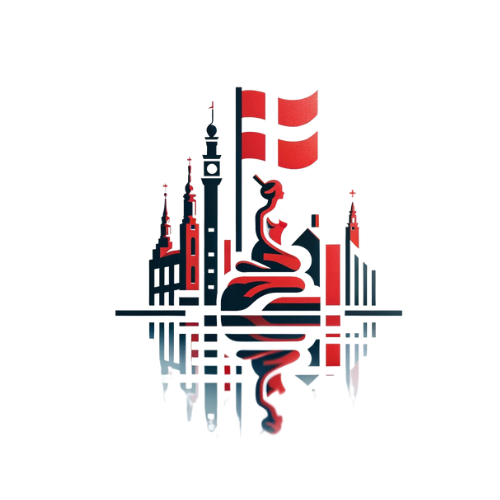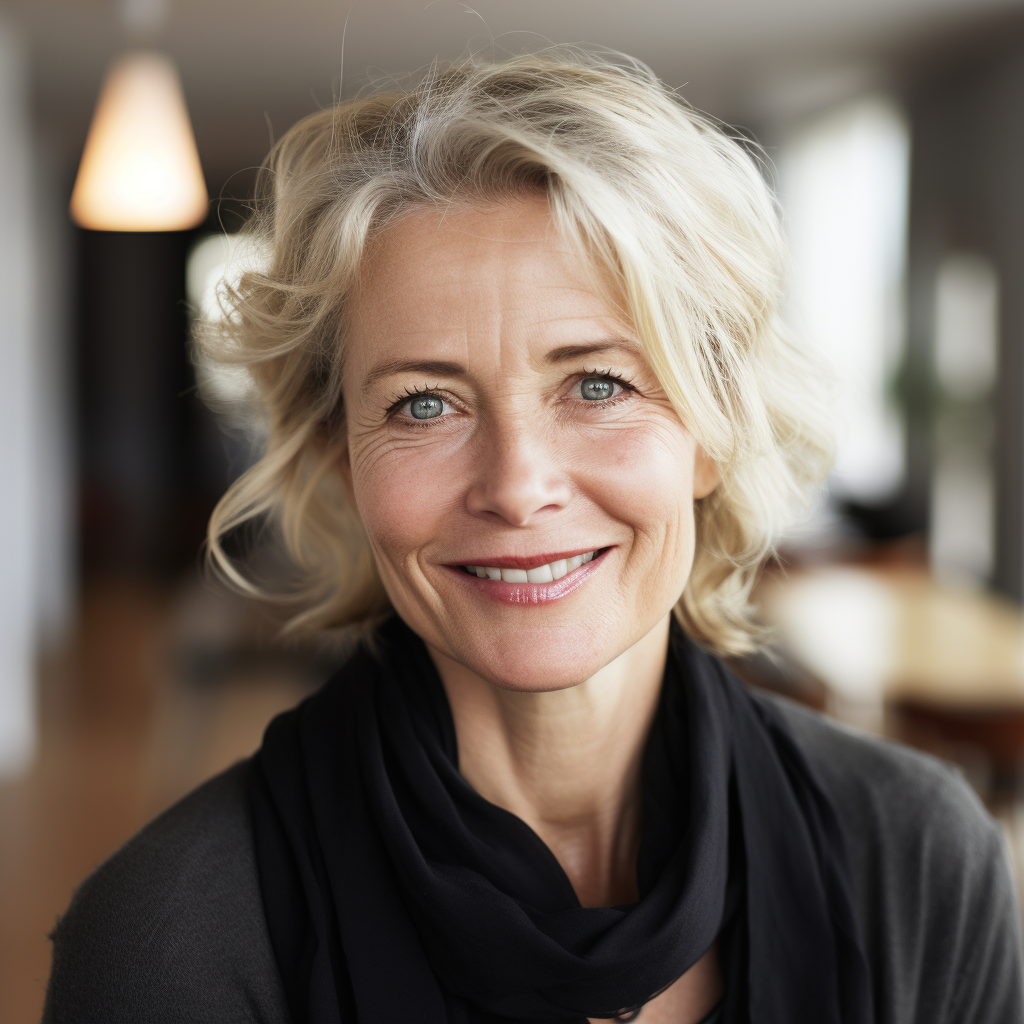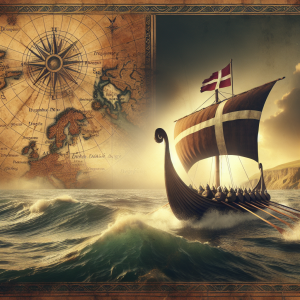As a native of Denmark, I have always been fascinated by the rich artistic heritage of my homeland. Denmark has a long and illustrious history of producing world-renowned artists and being at the forefront of influential art movements. In this article, I will take you on a journey through the vibrant culture of Danish art movements, from their historical roots to their contemporary relevance.
The Golden Age: Guldalderen
One of the most influential periods in Danish art history is the Golden Age, which lasted from the late 18th century to the mid-19th century. During this time, Denmark experienced a period of peace and prosperity, which led to a flourishing of the arts. The most notable Danish artist of this era is undoubtedly Christoffer Wilhelm Eckersberg, who is often referred to as the “father of Danish painting.” Eckersberg’s precise and realistic style, inspired by his travels to Italy, had a profound impact on the development of Danish art.
Another key figure of the Golden Age is the prolific poet and writer Hans Christian Andersen, whose fairy tales continue to captivate audiences around the world. The Golden Age was a time of great cultural and intellectual achievements in Denmark, and its influence can still be felt in the country’s artistic landscape today.
The Skagen Painters: Skagensmalerne
The late 19th and early 20th centuries saw the emergence of the Skagen Painters, a group of artists who were drawn to the remote fishing village of Skagen in the north of Denmark. Inspired by the unique light and picturesque scenery of the area, the Skagen Painters developed a distinctive style characterized by bright colors and an emphasis on naturalism.
- Anna Anchersen
- Peder Severin Krøyer
- Michael Ancher
The works of the Skagen Painters are celebrated for their intimate portrayal of everyday life and the rugged beauty of the Danish coast. Their legacy continues to be a source of inspiration for contemporary artists, and their influence can be seen in the vibrant art community of Skagen today.
Modern and Contemporary Art
Denmark has continued to be a hotbed of artistic innovation in the modern and contemporary eras. In the early 20th century, Danish artists such as Vilhelm Hammershøi and Edvard Weie made significant contributions to the development of modernism, with their emphasis on introspection and minimalism.
More recently, Danish artists have embraced a diverse range of styles and mediums, reflecting the globalized and multicultural nature of contemporary art. From installation art to video art, Denmark’s vibrant art scene continues to push boundaries and challenge conventions.
One of the most prominent examples of contemporary Danish art is Olafur Eliasson, whose immersive installations have garnered international acclaim. Eliasson’s work explores the relationship between art, nature, and technology, and his thought-provoking creations have been exhibited in major museums and galleries around the world.
The Copenhagen Art Scene
Copenhagen, the capital city of Denmark, is home to a thriving art scene that boasts a rich variety of galleries, museums, and public artworks. The city’s historic Kunsthal Charlottenborg and the contemporary ARKEN Museum of Modern Art are just a few of the many institutions that showcase the best of Danish and international art.
One of the most vibrant neighborhoods for contemporary art in Copenhagen is the district of Vesterbro, which is teeming with art galleries, studios, and creative spaces. Here, you can immerse yourself in the cutting-edge works of emerging Danish artists and engage with the dynamic energy of the local art community.
Conclusion
From the Golden Age to the present day, the culture of Danish art movements has evolved and thrived, leaving a lasting impact on the global art scene. The rich and diverse history of Danish art continues to inspire and captivate audiences, and the country’s vibrant artistic community ensures that the legacy of Danish art will endure for generations to come.
As a Dane, I am proud to be part of a culture that values creativity and artistic expression, and I am excited to see how Danish art will continue to evolve and innovate in the years to come.




